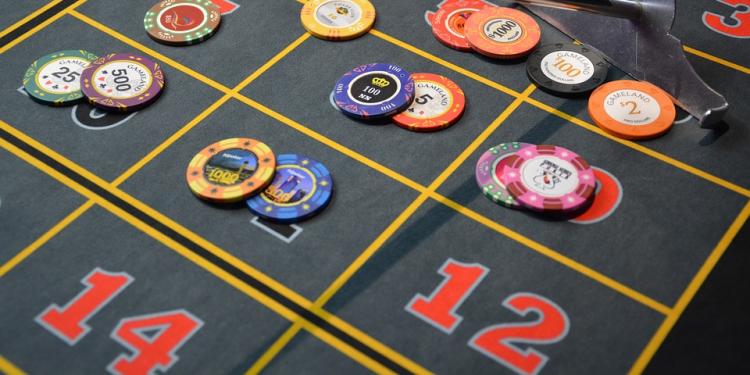Understand the Gambler’s Fallacy
Posted: January 29, 2020
Updated: January 29, 2020
-
Each coin toss is a singular event
-
It doesn't matter what happened previously
-
Negative progression betting systems are bad news

The simplest way to understand the Gambler’s Fallacy is to toss a coin. Obviously there are two possible outcomes. Each one has an equal chance of occurring. Now if we toss the coin 10 times in a row, we might reasonable expect to get 5 heads and 5 tails. But we could equally expect to get 10 heads in a row.
Introduction: Understand the Gambler’s Fallacy
In the latter case above, you’ll find many people who believe that if you already got 10 heads in a row, then it’s more likely to land on tails for the next toss. This belief is just plain wrong. You must keep in mind that each time the coin is tossed, the likely outcome is still 50/50. What happened before is totally irrelevant. If you knew the outcome, then these guys would of like to know too. But this belief is basically what we call, the “Gambler’s Fallacy.” To understand why, let’s first have a look at “Probability” and “Independent Events.”
Probability and Independent Events
If you gamble and want to win, (then you should be playing online at Intertops) then it’s best that you have a basic understanding of probability to start with. Otherwise you’ll be running out of cash very quickly. To put it simply, probability is the likelihood that something will happen. It plays a role in virtually all forms of gambling. You should check out these online gambling sites in the US.
Expressing Probability: Understand the Gambler’s Fallacy
Using a n umber between ‘0 – 1’ is the best means to describe probability. A ‘0’ means that something simply cannot happen. A ‘1’ says that the event will definitely happen. And a probability of ‘0.5’ means there’s an equal chance of those possibilities. Probability can also be expressed as a % which can make things easier to understand for many people. So…you simply multiply the relevant number by 100. To that end, 0.5 becomes, 50% and 1 becomes 100%.
Probability of a Coin Toss
Let’s have a look at probability via our coin toss. As we already know that there are only two possible outcomes, then the probability of being either heads or tails is 0.5 or 50%. because each coin toss is an independent event, then the odds of 50% remain the same. The coin with still only have two choices!
Expectation & Variance
Because the outcome of a coin toss is always 50/50 it means that the probable outcome is not definite. In other words you could toss a coin 100 times and end up with 75 heads and 25 tails. Yes, you might expect to see that they landed with 50% tails and 50% heads. But you must also take into account something called “variance“. This is how much something can vary from the expected result. Remember that random events don’t necessarily follow the average. The more times you toss that coin, the more probability has an effect, and the less variance has. So if you tosses the coin 2 million times, you’re much more likely to see an almost exact 50/50 split. But tossing only 10 times allows more variance.

How the Gambler’s Fallacy Causes Problems
Gamblers tend to be swayed into thinking that the outcome of previous random events will have an effect on a new event. Many are not even aware they are doing it. You can often witness this at the casino wheel. There are 18 red numbers and 18 black. So we’re back to the position of our coin toss: namely that there is a 50/50 chance of the ball dropping into either color. But if you’ve stood by a roulette table for any length of time, you’ll of seen gamblers looking to see which color came in last, so they can spot a pattern. But just because 20 reds went in a row, doesn’t mean that the next throw will bring up a black, anymore than it does a red. They do not understand the Gambler’s Fallacy. The same goes for online gambling with all sites like Intertops.
Understand the Gambler’s Fallacy and Betting Systems
Negative-progression betting is often a symptom of a gambler suffering under the illusion of the gambler’s fallacy. This is when the punter keeps increasing his stake to cover his losses. A famous system called the Martingale involves placing even money wagers (on something such as red at the roulette table) and doubling the stake every time a wager loses. The thinking behind this is that when you wager eventually wins, you’ll have cleared your losses and have a profit to show for the effort. The problem with this system is that you’re more likely to run out of money before you hit pay dirt. Remember that the roulette wheel can easily spin 10 or more reds in a row.
Online gambling news in the US says that you should be very wary of using negative betting systems. They can be great fun with small wagers and can sometimes keep your head above water. But it’s certainly far from a foolproof system.












